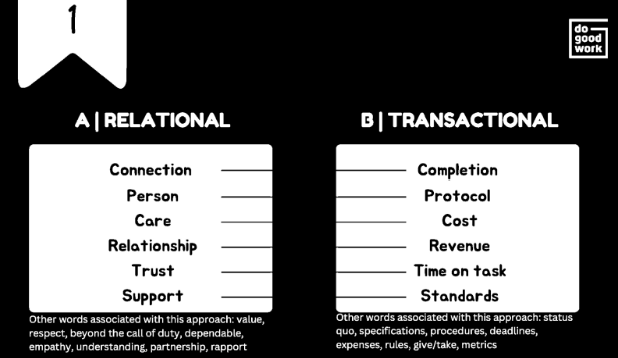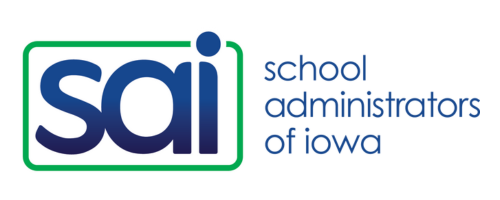Belonging Is an Improvement Strategy: Leverage it from the Start
In this article from Principal Magazine, Terrell Strayhorn argues that belonging is not a “nice-to-have” but a core school improvement strategy — essential for addressing chronic absenteeism, behavioral challenges, student disengagement, and educator burnout.
Summary courtesy ChatGPT: “Boost Belonging From the Beginning” by Terrell L. Strayhorn (Principal Magazine, Sept/Oct 2025)
Terrell defines belonging as feeling seen, valued, and accepted—a belief that one matters and that others will act to meet one’s needs for safety, respect, and connection. When belonging breaks down, so does motivation and learning; when it thrives, it boosts persistence, engagement, and well-being.
The Case for Belonging
National data reveal rising absenteeism (approaching 30%), increasing behavioral incidents, and declining motivation. Strayhorn attributes these challenges in part to a breakdown in community and caring, calling for principals to make belonging a central focus. His research shows that belonging predicts academic success more strongly than traditional indicators.
Belonging and Mattering
Belonging is intertwined with mattering — the belief that one’s presence and contributions make a difference. When students feel they matter, they are more motivated, engaged, and creative. Principals can foster this by ensuring every student is known by name, story, and strength, not just by test scores. School leaders must cultivate climates where students see themselves reflected in curriculum, policies, and practices that affirm their humanity and ensure safety.
Four Leadership Strategies for Building Belonging
- Make belonging explicit in your vision. Embed it in mission statements, communications, and staff discussions to signal it’s everyone’s responsibility.
- Examine data through a belonging lens. View absenteeism, discipline, and disengagement as indicators of disconnection. Use surveys asking whether students feel safe, seen, and supported.
- Prioritize relationships, not routines. “The most powerful belonging interventions aren’t complex.” They are relational, not transactional (see Fig. 1). Use relational practices like morning meetings, buddy classrooms, or “relationship reboot” weeks to build trust and connection.

- Integrate belonging into discipline and support. Address root causes of misbehavior through restorative practices that give students voice and strengthen community.
What Works in Schools
Strayhorn shares concrete examples:
- Welcome routines (e.g., personalized greetings) that communicate each student is known.
- Belonging teams that include diverse staff and students to co-design initiatives promoting connection.
- Student voice forums that collect honest feedback on inclusion and lead to action-oriented improvements.
Extending Belonging to Staff
Belonging must also include adults. When educators feel disconnected or undervalued, they struggle to create belonging for students. Principals can strengthen staff belonging by:
- Checking in personally and celebrating contributions across all roles.
- Ensuring equitable recognition and meaningful staff voice in decisions.
- Creating structural supports like mentoring, peer communities, or “Wellness Wednesdays” for connection and care.
Conclusion: Belonging Is Foundational
Strayhorn concludes that belonging is not peripheral—it’s fundamental to student success and staff sustainability. Schools that treat belonging as central to their mission build the emotional and relational foundation that allows learning, engagement, and growth to flourish. As he writes, “In times of challenge, belonging is not a distraction from the work. It is the work.”
Additional insight from Dan Rockwell’s recent post “The Number 1 Driver of Performance is Belonging”.
